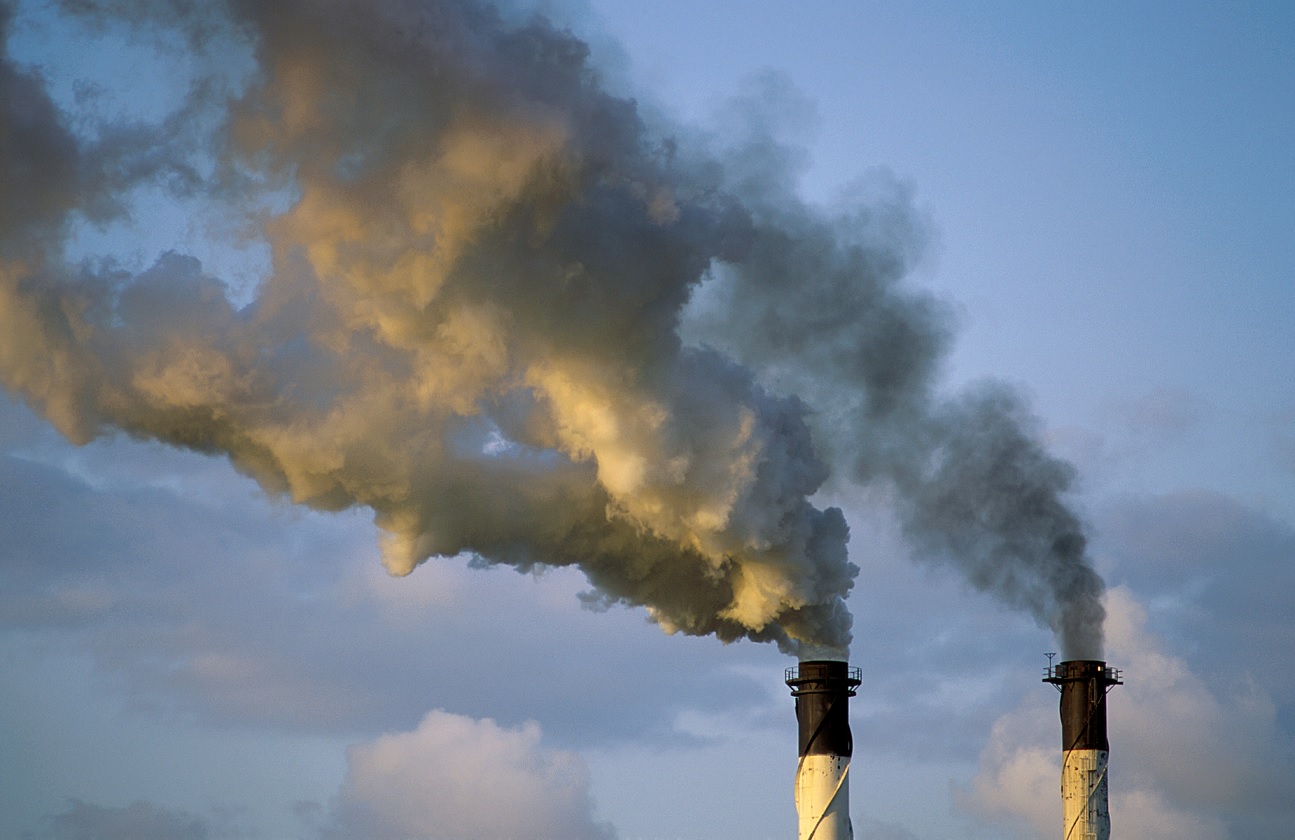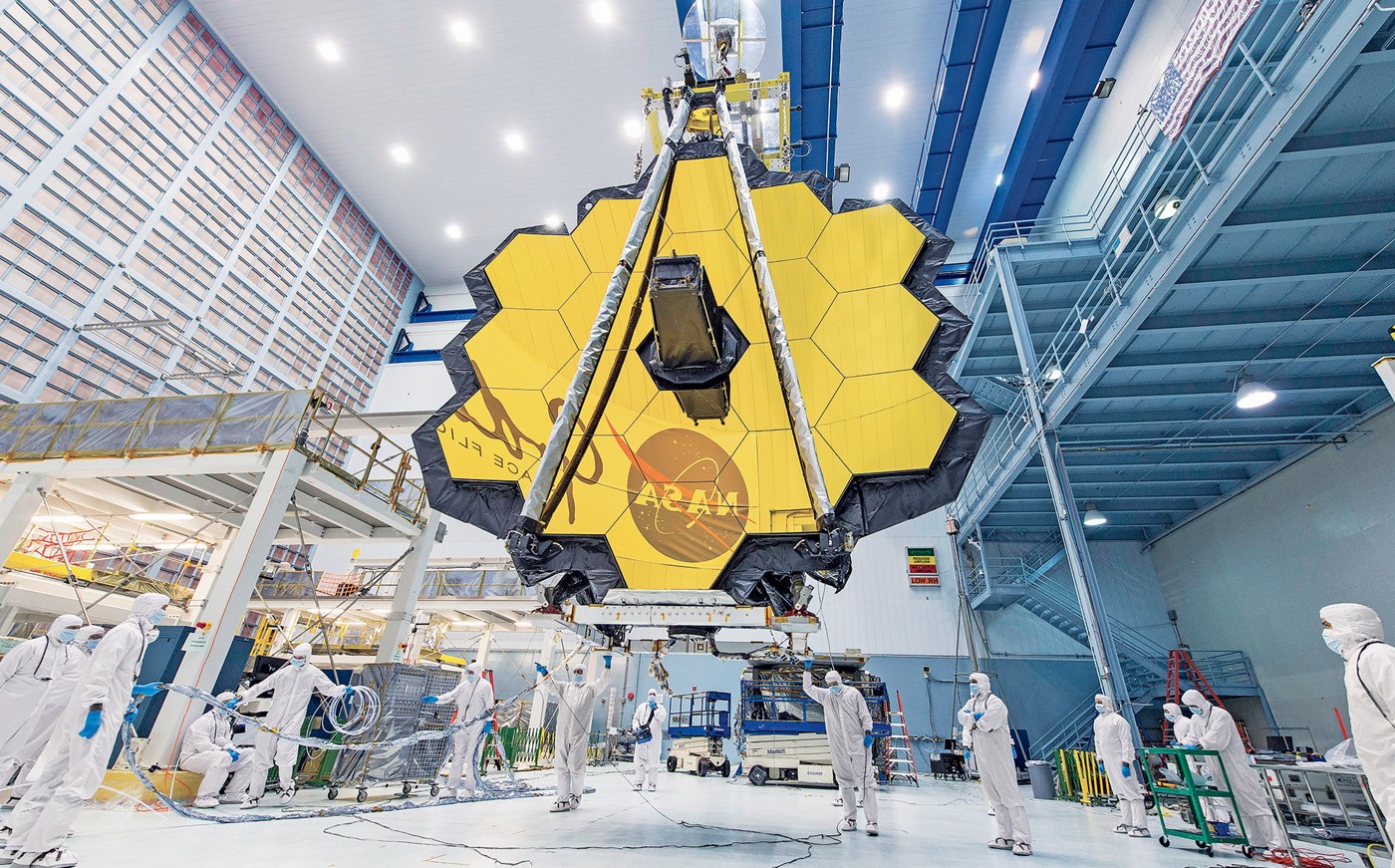By Qingyang Zhang, Y12.
The global-warming debate between scientists, politicians and the public is becoming increasingly heated. Some argue that humans are causing the “sixth mass extinction” and dooming humanity as a whole. It is essential that we, as the younger generation, become critical thinkers amid the polarized debates.
Global warming, as opposed to climate change, is an increase in Earth’s average surface temperature over a period of time. An important note its that surface temperature fluctuations are normal phenomena; the Earth has undergone phases of global warming as well as global cooling in its history.
The following graph shows annual global surface temperatures for the past century. It is clear that planet Earth has been in a warming phase for the past century.
The controversies arise around the question whether Earth’s current warming phase is caused by natural or human factors. Some argue that it is the former. However, the major natural causes of global warming are volcanic and solar activities. Volcanic eruptions release greenhouse gases (which warm the atmosphere) as well as cooling gases (such as sulfur dioxide). Eruptions also release dust, blocking sunlight and thereby decreasing global temperatures. Overall, the warming caused by volcanic greenhouse gases is negligible and balanced by the cooling effect of dust and other gases. Thus, volcanic activity is not the likely culprit of global warming.
The scientific community is, however, more conflicted about whether natural solar cycles are behind rising global temperatures. The argument is that if the sun emits more radiation, the Earth will absorb more than it reflects, increasing global temperatures. Some scientists argue that natural sunspot cycles alter the amount of radiation and heat Earth receives from the sun, leading to periodic warming and cooling of the Earth, making global warming natural.
However, the majority of scientists recognize that the rising global temperatures do not match with the stable solar activity after 1980. Instead, they find that the surge in greenhouse gases such as carbon dioxide in the atmosphere has a higher correlation with global temperatures.
The problem thus becomes the extent of human contribution. Although water vapor is actually the major contributor to the greenhouse effect, the natural water cycle maintains the amount of water vapor in the atmosphere constant. Overall, therefore, it does not contribute to global warming. Carbon dioxide levels, on the other hand, seems to correlate with rising temperatures. As we have cut down more trees and released more carbon dioxide as a by-product of industrialization, carbon dioxide levels have risen in the past century.
Methane is also a big source of greenhouse gas. Many people blame cows for releasing methane into the atmosphere and argue that methane emission is a natural factor contributing to global warming. Due to humans’ excessive farming and breeding of cows, more methane has been released.
Despite the conflicting reports on the causes of global warming, convincing evidence that greenhouse gas emissions lead to rising temperatures implies that humans should take partial, if not total responsibility in combating it.



